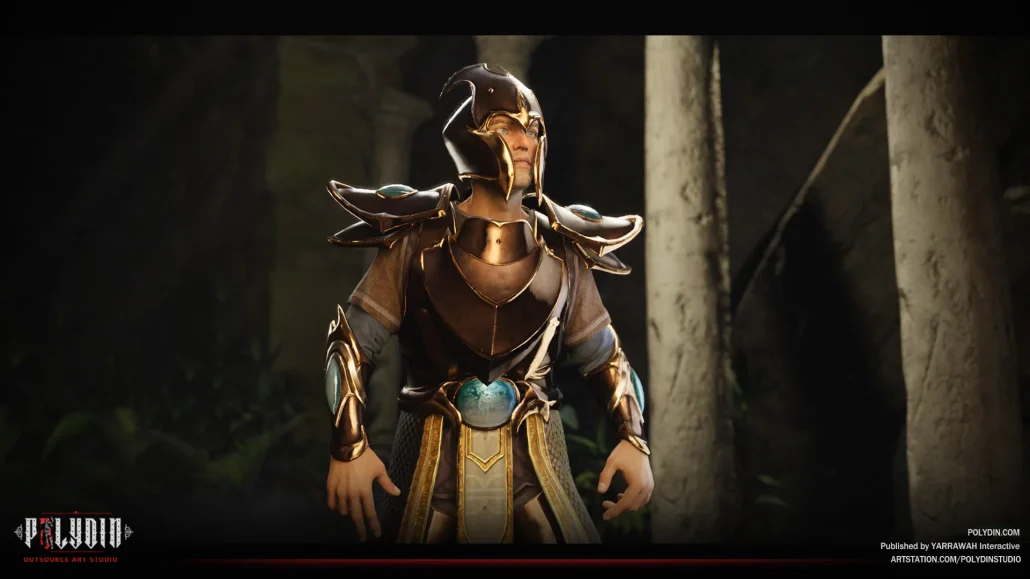In the world of game development, 3D art styles have become an essential part of creating immersive and engaging experiences for players. With advancements in technology, the possibilities for creating stunning 3D visuals have expanded greatly, giving game developers a vast range of options to choose from. In this article Polydin game art studio, we will explore the top 5 3D art styles used in game development today, along with an overview of the software and technologies used to create them.
What is 3D Art?


3D art production is a form of computer graphics that uses three-dimensional representations of objects and environments to create digital art. Unlike traditional 2D art, which is created on a flat canvas, 3D art allows artists to create objects and characters that have depth and can be viewed from multiple angles. This makes 3D art particularly useful for video games, movies, and other forms of digital media that require immersive and interactive environments.
To create 3D art, artists use specialized software that allows them to manipulate digital models of objects and characters in three dimensions. They can create textures, add lighting and special effects, and even program the models to move and interact with their environment. The result is a dynamic and engaging form of digital art that has become increasingly popular in recent years.
Top 3d Game Art Styles
In the dynamic world of 3D gaming, art styles play a pivotal role in shaping the visual identity and immersive experience of a game. From lifelike realism to whimsical fantasy realms, the choice of art style can evoke a wide range of emotions and set the tone for the entire gaming experience. Let’s delve into some of the top 3D art styles that have captivated players and developers alike.
Realism
Realism in 3D game art aims to replicate the natural world with astonishing accuracy, creating environments and characters that closely resemble their real-life counterparts. Realistic art styles prioritize attention to detail, texture fidelity, and lighting effects to create immersive and believable game worlds. From intricately modeled landscapes to meticulously crafted character animations, realism transports players into virtual realms that blur the line between fantasy and reality.
Low Poly
Low poly art styles embrace simplicity and abstraction, using geometric shapes and minimalist textures to create visually striking environments and characters. Characterized by angular forms and bold colors, low poly art styles offer a stylized interpretation of reality that emphasizes creativity and expression over strict adherence to realism. Despite their minimalistic appearance, low poly games can evoke a sense of nostalgia and charm, harkening back to the early days of 3D gaming while showcasing the timeless appeal of stylized aesthetics.
Fantasy Realism
Fantasy realism blends elements of the fantastical with the grounded aesthetics of realism, creating worlds that are both familiar and fantastical. In fantasy realism art styles, artists draw inspiration from real-world environments and architecture while infusing them with magical elements, mythical creatures, and otherworldly landscapes. By seamlessly integrating elements of fantasy into realistic settings, fantasy realism art styles offer a captivating blend of imagination and immersion that transports players to enchanting realms filled with wonder and adventure.
Anime
Anime art styles draw inspiration from Japanese animation and manga, featuring exaggerated proportions, vibrant colors, and expressive character designs. In 3D gaming, anime art styles capture the distinctive aesthetic of anime while leveraging the depth and immersion afforded by three-dimensional environments. From whimsical fantasy worlds to futuristic sci-fi settings, anime art styles bring to life captivating narratives and dynamic characters that resonate with fans of anime and gaming alike.
Top 5 3D Art Styles in Game Development
When it comes to creating 3D games, there are a variety of art styles that game developers can choose from. Each style can impact the game’s overall look and feel, making it an important decision in the development process. We’ll be taking a look at the top 5 3D art styles in game development, including their unique characteristics, popular games that use them, and what makes them stand out.
Cartoon
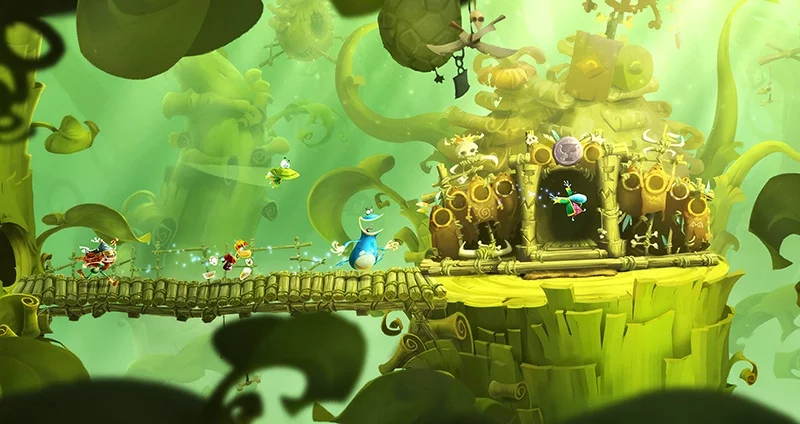

Cartoon-style 3D art, also known as toon shading, is one of the popular 3D art styles that imitates the look and feel of traditional 2D animation. The style is characterized by its simplified forms, bold outlines, and bright colors, often used to create a fun and whimsical atmosphere. One of the main benefits of using cartoon-style 3D art is that it can help to create a more accessible and approachable game for players of all ages.
Cartoon-style 3D art is commonly used in a wide range of game genres, including platformers, action games, and even first-person shooters. Games like Fortnite and Overwatch are notable examples of the style’s popularity in the industry. The style is also often used in educational and edutainment games, as it can help to make complex concepts more digestible and engaging for players. Additionally, cartoon-style 3D art can be used to create marketing materials, such as trailers and promotional images, to help promote a game’s launch.
Realism
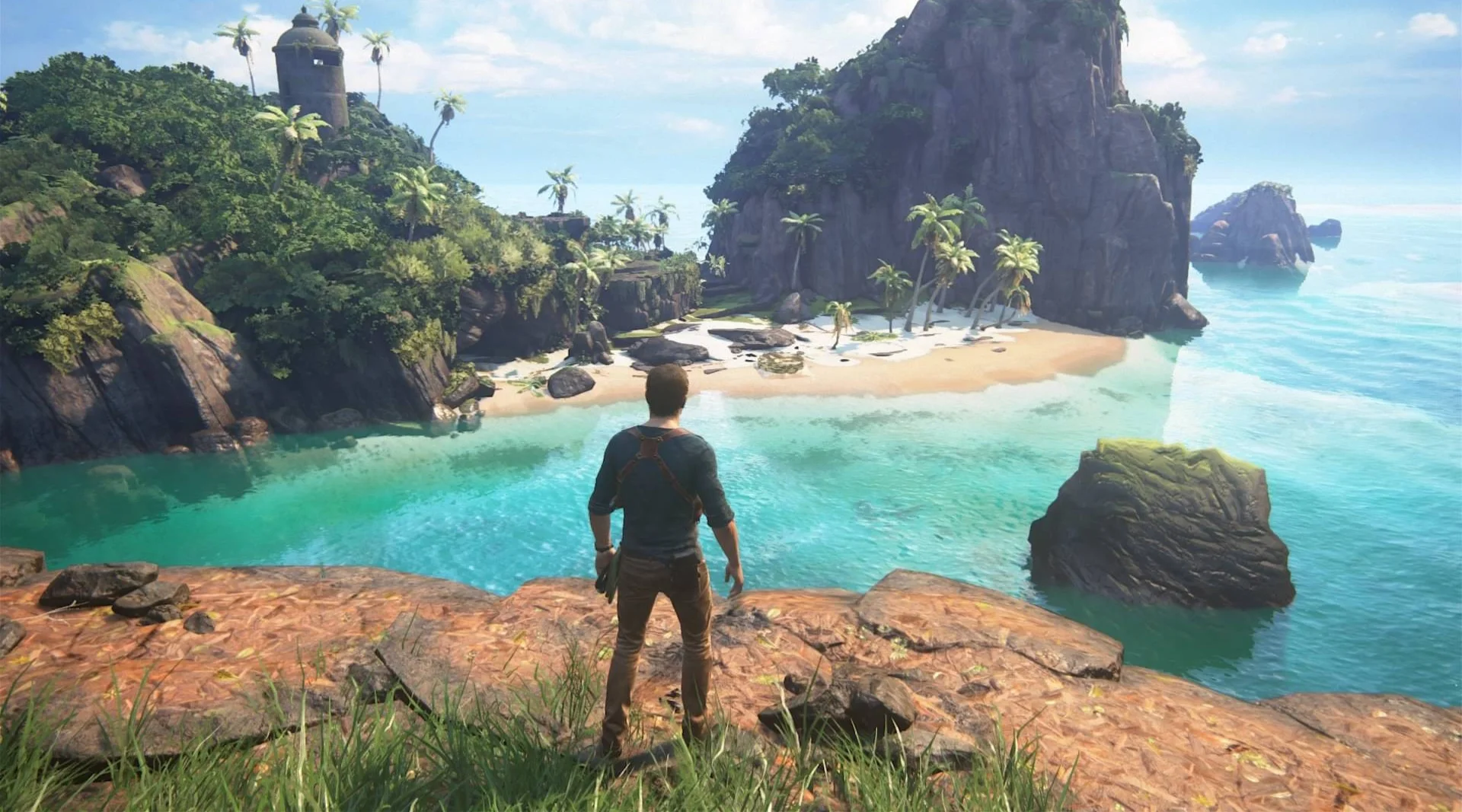

Realism is a 3D art style that aims to replicate real-life environments, objects, and characters with high accuracy. This art style is often used in games that strive to provide a more immersive experience, such as simulation games or first-person shooters. Realism can involve detailed textures, intricate lighting, and advanced physics to make the game world feel more lifelike.
Realism is not only limited to creating realistic environments and characters but it is also used for recreating historical sites and events, such as museums or educational software. Medical software and training programs also use realism in 3D art to simulate procedures and surgeries. The automotive and aerospace industries use realism in 3D art to create visualizations of their products, allowing them to test the design, make improvements, and visualize the final product. 3D artists use realism in film and television to create special effects, such as explosions or realistic monsters.
Fantasy Realism
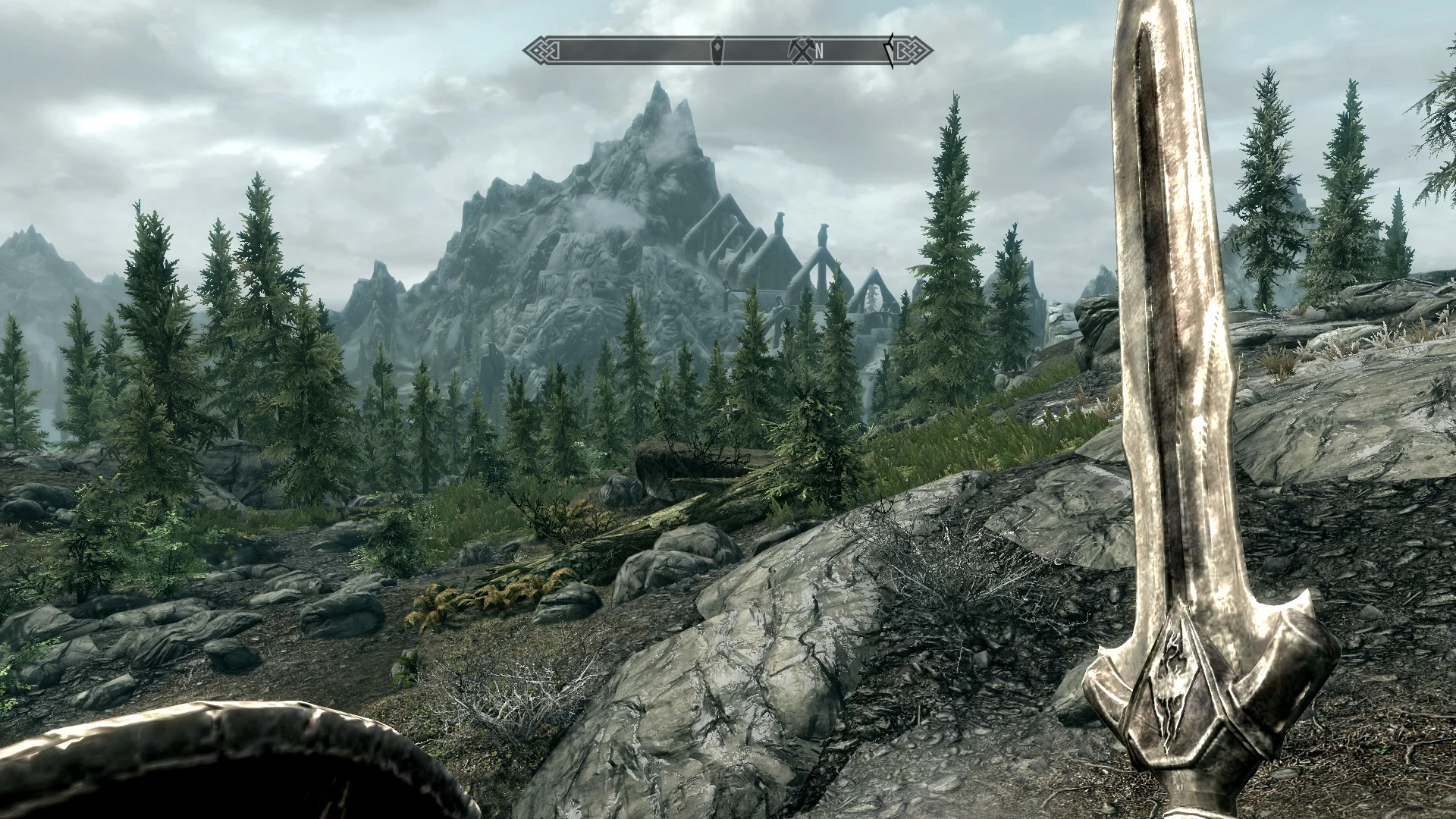

Fantasy realism is a 3D art style that combines elements of realism with fantastical or magical elements to create a believable yet imaginary world. It is often used in games that take place in fictional worlds or alternate realities. This style aims to create an immersive experience for the player by bringing them into a recognizable and otherworldly world.
Fantasy realism is commonly used in role-playing games (RPGs) and massively multiplayer online games (MMOs). Examples of such games include The Elder Scrolls V: Skyrim and Age of Conan. This art style is also often used in the creation of character designs, environments, and objects in games. The goal of fantasy realism is to create a world that feels familiar yet still allows for the suspension of disbelief required in a fantasy setting.
Low Poly/Cell Shading
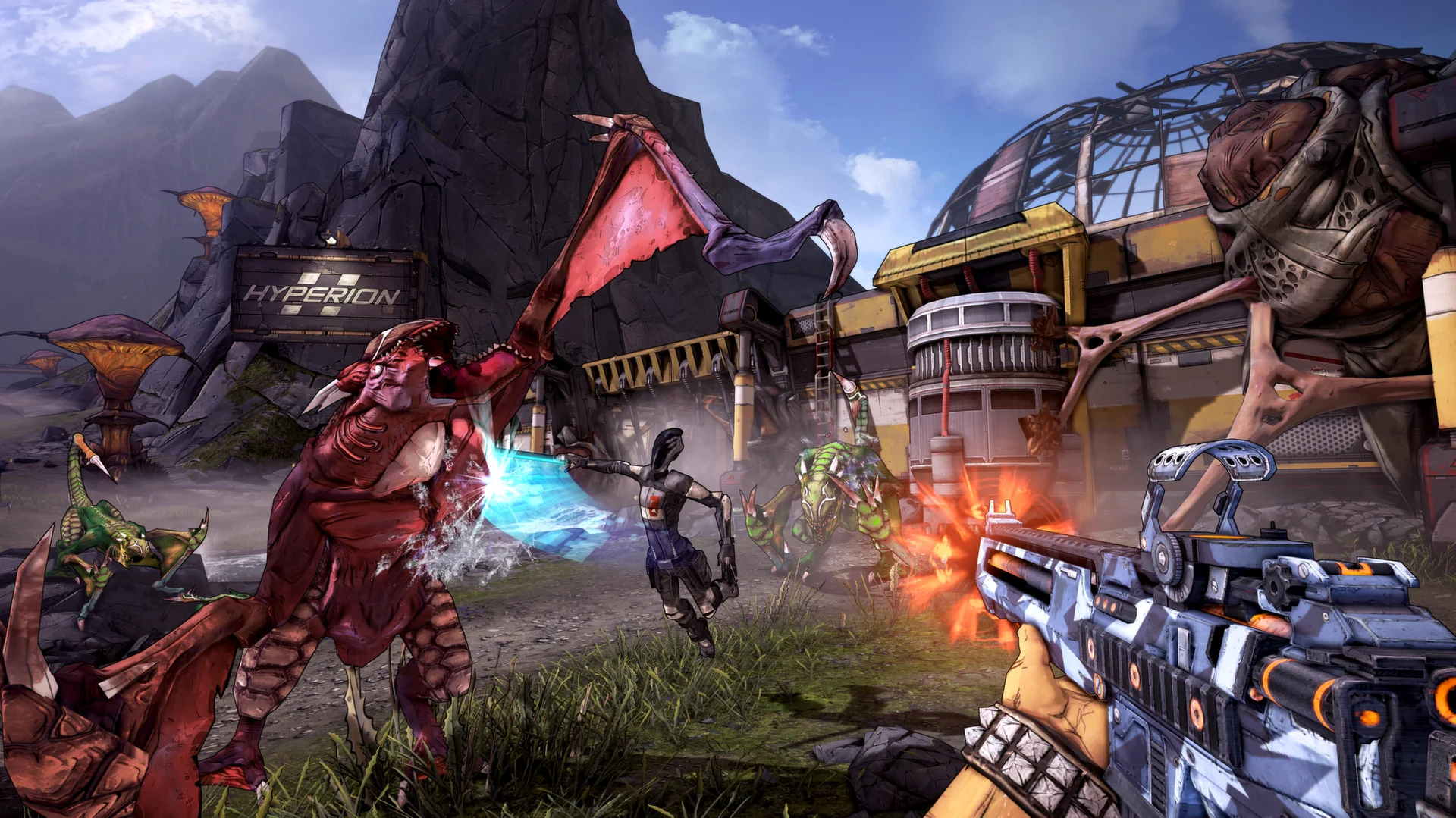

Low Poly/Cell Shading is a 3D art style that is popular for its simplistic, angular, and polygonal shapes. It is often used in games that are designed to look playful, retro, or cartoonish, but it can also be used to create stunningly beautiful and immersive environments. One of the most popular application areas for this style is adventure games, platformers, and puzzle games, as it can give these types of games a unique and stylized look that sets them apart from more realistic games.
Another popular application area for Low Poly/Cell Shading is in simulation games, such as farming, city-building, and management games, as it can make these games more approachable and visually appealing. The style is also used in some first-person shooter games, especially those with a futuristic or sci-fi theme, to give the game world a distinct, stylized look. Overall, Low Poly/Cell Shading is a versatile and popular 3D art style used in various game genres and applications.
Hand-Painted
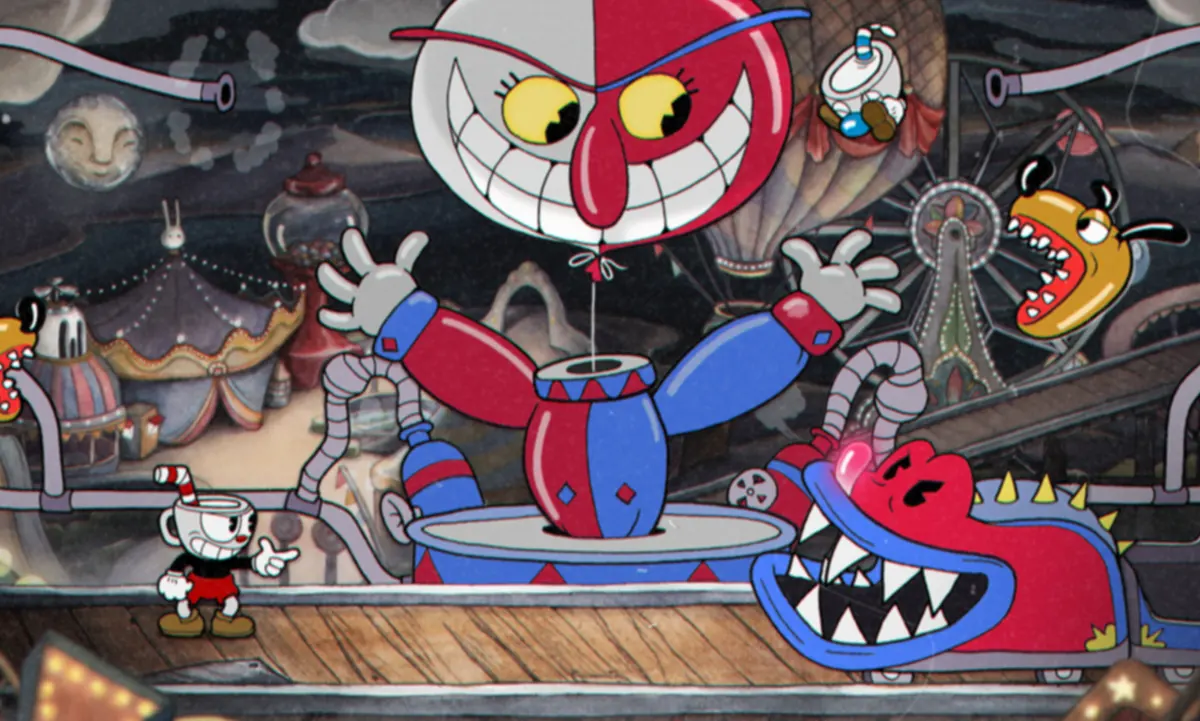

Hand-Painted is a 3D art style that mimics traditional painting techniques. This style is often used in games to create a unique, stylized look with a high level of detail. Unlike other 3D art styles, hand-painted textures are created by an artist using a stylus and tablet rather than generated by a computer program.
Hand-Painted is a popular choice for games with a fantasy or cartoonish look. It allows for high creativity and flexibility, as artists can use a wide range of brush strokes and color palettes to achieve the desired effect. This style is often seen in RPGs, platformers, and adventure games, where the focus is on exploration and storytelling rather than realistic graphics. Games like “World of Warcraft” and “Hollow Knight” are excellent examples of Hand-Painted 3D art styles, and their success proves how this style can enhance the overall gaming experience.
Stylized
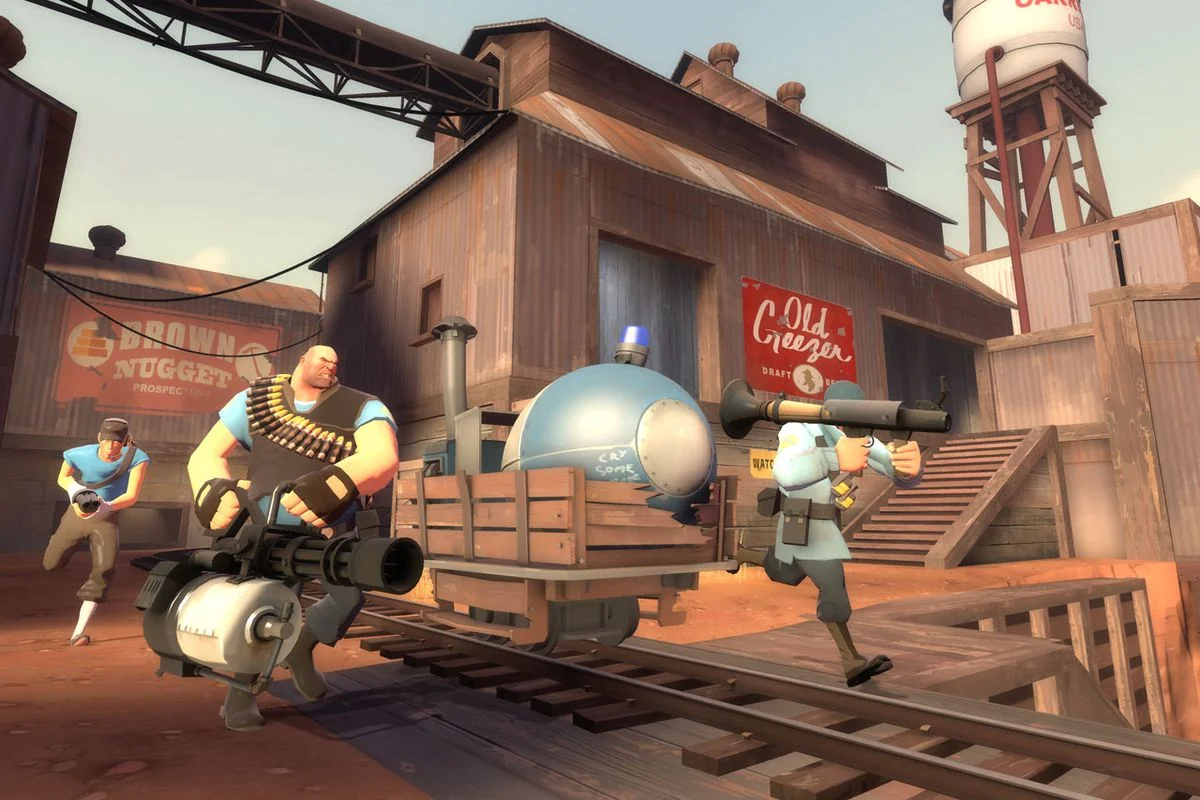

Stylized 3D art is a popular art style that emphasizes exaggerated or simplified shapes, bright colors, and non-realistic textures. This art style can be seen in various games, from indie titles to large-scale AAA games. Stylized art is often used in games where realism is not the primary goal, and the game world has a unique or fantastical feel to it.
One of the main advantages of using a stylized art style is that it can be used to create a distinctive and memorable game world. This art style is often used in fantasy or sci-fi games, where a unique and imaginative world needs to be created. Stylized art can also be used to create games with a more light-hearted or humorous tone, as it can help to create a sense of fun and playfulness. Some popular examples of games that use stylized art include Fortnite, Team Fortress 2, and The Legend of Zelda: Breath of the Wild.
3D Art Forms Software and Technologies
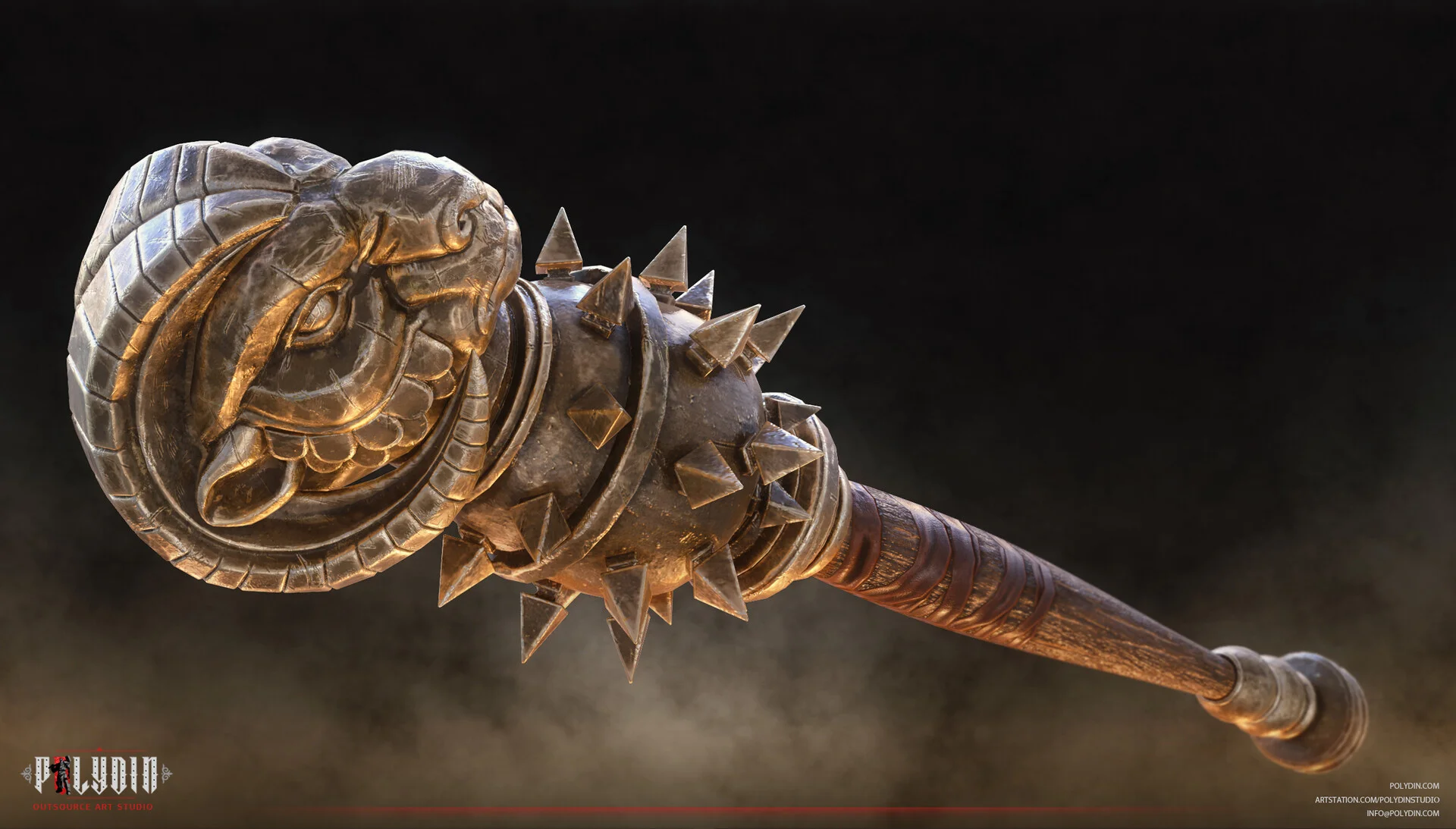

In order to create 3D art styles, a variety of software and technologies are used. Some of the most popular ones include:
- Autodesk Maya: This is a 3D computer graphics software used for creating animated films, TV shows, video games, and more. It is commonly used in the film and TV industry, as well as in game development.
- Blender: This is a free and open-source 3D creation software. It is used for creating 3D models, animations, and even video games. It is a popular choice for indie game developers due to its accessibility and powerful features.
- ZBrush: This is a digital sculpting tool that is used for creating high-resolution models. It is commonly used in the film and game industry for creating characters, creatures, and other detailed assets.
- Substance Painter: This is a texture painting software that allows artists to create high-quality textures for 3D models. It is often used in game development to create realistic and detailed textures for characters and environments.
- Unity: This is a game engine that is commonly used for creating 3D games. It allows developers to create and edit 3D models, import assets, and program gameplay mechanics all within one software.
- Unreal Engine: This is another popular game engine that is used for creating 3D games. It features powerful tools for creating and editing 3D models and advanced lighting and physics systems.
- Virtual Reality and Augmented Reality: With the rise of VR and AR, new software and technologies are being developed to create immersive 3D experiences. Tools such as Unity and Unreal Engine can be used to create VR and AR experiences, while software like Tilt Brush and Gravity Sketch allows artists to create 3D models in a virtual environment.
As technology advances, new software and technologies will continue to emerge, providing even more possibilities for creating 3D art styles.
How do I Find my 3D Art Style?
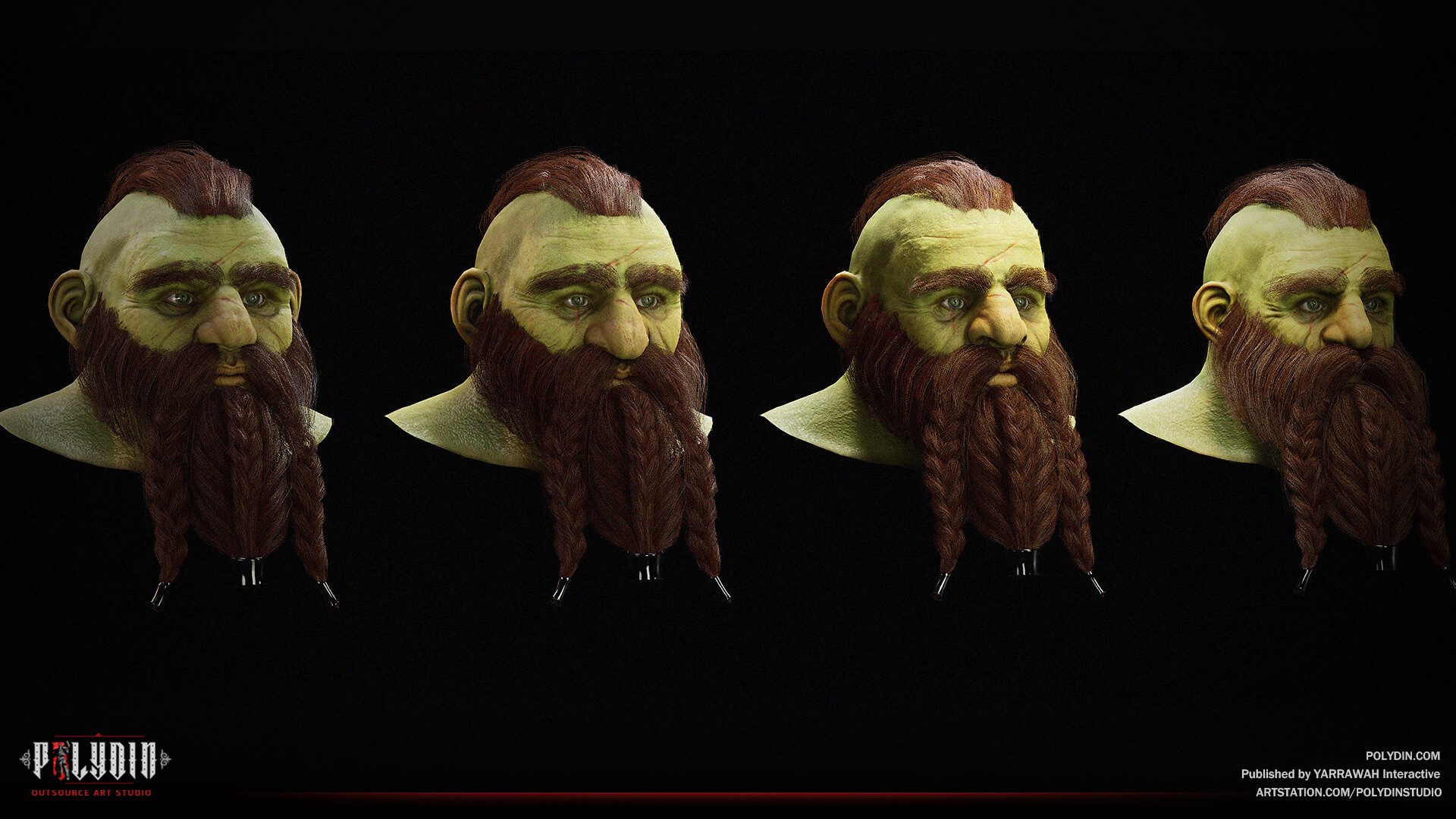

Discovering your unique 3D art style involves a blend of exploration, practice, and self-awareness. Start by immersing yourself in various art forms, not just limited to games. Study different artistic movements, from traditional to contemporary, and observe how artists utilize shapes, colors, and forms. Experiment with different techniques, tools, and software to understand what resonates with you. Through this exploration, you can begin to identify elements that capture your interest.
Practice is essential. Consistently create 3D models in different styles to understand your strengths and preferences. Embrace iterations and don’t be afraid to deviate from your comfort zone. As you practice, you might notice patterns emerging in your work – certain shapes, textures, or color palettes that recur. These patterns are the building blocks of your unique style.
Self-awareness is key. Reflect on your own personality, experiences, and emotions. These aspects can influence the tone and mood of your art style. Additionally, solicit feedback from peers and mentors. Constructive criticism can help you refine your style and identify areas for growth.
Different Approaches to 3D Game Art
In the realm of 3D game art, several distinct approaches and disciplines come into play, each contributing to the overall visual and interactive experience of a game.
Modeling
Modeling is the foundation of 3D game art. It involves creating three-dimensional objects or characters using specialized software. Modelers sculpt the shape, structure, and geometry of in-game elements, defining their appearance and interactions within the virtual world.
Animation
breathes life into 3D game characters and objects. Animators manipulate these models to produce lifelike movements, actions, and behaviors. Whether it’s the graceful flight of a dragon, the fluid combat of a hero, or the subtle expressions of an NPC, animation is crucial for conveying realism and immersion.
Texturing
is all about giving surfaces and materials their visual identity. Texture artists apply images, patterns, and details to 3D models, enhancing their realism and aesthetics. Textures define everything from the roughness of a rock to the shimmering scales of a dragon.
Rendering
Rendering is the process of creating the final 2D images or frames from 3D scenes. It involves lighting, shading, and camera settings to produce visually appealing and technically efficient graphics. The rendering stage is where the artistry and technical expertise of the game artist converge to create stunning visuals.
These disciplines work in harmony to craft the captivating worlds and characters players encounter in 3D games. Whether it’s the meticulous modeling of intricate environments, the fluidity of character animations, the attention to detail in textures, or the final rendering that brings it all to life, each aspect contributes to the immersive experience that defines modern 3D gaming.
How do I Choose an Art Style for a Video Game?
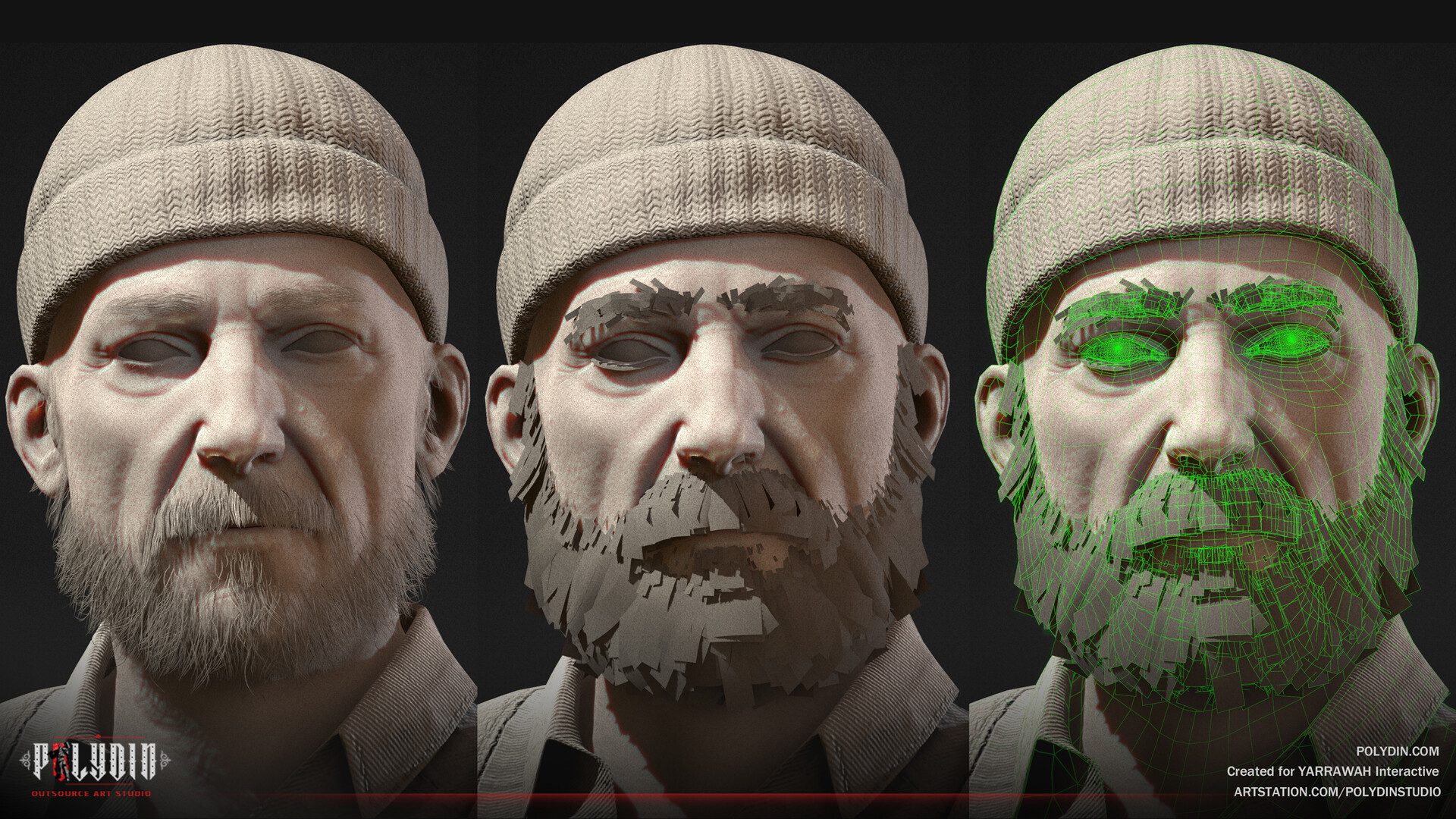

Selecting an art style for a video game is a pivotal decision that impacts the overall player experience. The choice should align with the game’s narrative, mechanics, and target audience. Begin by understanding the game’s genre and theme. Is it an action-packed adventure or a serene puzzle game? The art style should complement the intended emotional impact.
Consider the capabilities of your development team and the technology you’re using. A complex, realistic art style might not be feasible if you have limited resources. On the other hand, a stylized or minimalist approach can make a game visually striking even with limited technical prowess.
Know your target audience. A cartoonish, vibrant style might appeal to younger players, while a darker, more realistic style could resonate with mature audiences. Research similar games and examine the art styles that have been successful in those contexts. However, don’t be afraid to inject your unique vision into the chosen style.
Ultimately, the art style should enhance the gameplay experience, immersing players in the game world. A well-chosen art style can become an integral part of the game’s identity, leaving a lasting impression on players long after they’ve put down the controller.
Final Words
3D art styles significantly impact the visual appeal of modern video games. Whether it is the realistic visuals of a AAA title or an indie game’s charming low poly style, the art style plays a crucial role in shaping the overall experience.
The five 3D art styles discussed in this article – cartoon, realism, fantasy realism, low poly/cell shading, and hand-painted/stylized – are just a few of the many approaches game developers can take. Each style has its own unique strengths and applications, and the choice of art style ultimately depends on the game’s theme, genre, and target audience.
In addition, a variety of software and technologies are available to help game developers create stunning 3D visuals. From powerful game engines like Unity and Unreal Engine to industry-standard 3D modeling software like Maya and Blender, there are many tools available to help developers bring their artistic vision to life.
Overall, the world of 3D art is constantly evolving, and new trends and techniques will continue to emerge in the years to come. As technology advances and new platforms emerge, it will be fascinating to see how game developers continue to push the boundaries of what is possible with 3D art.

